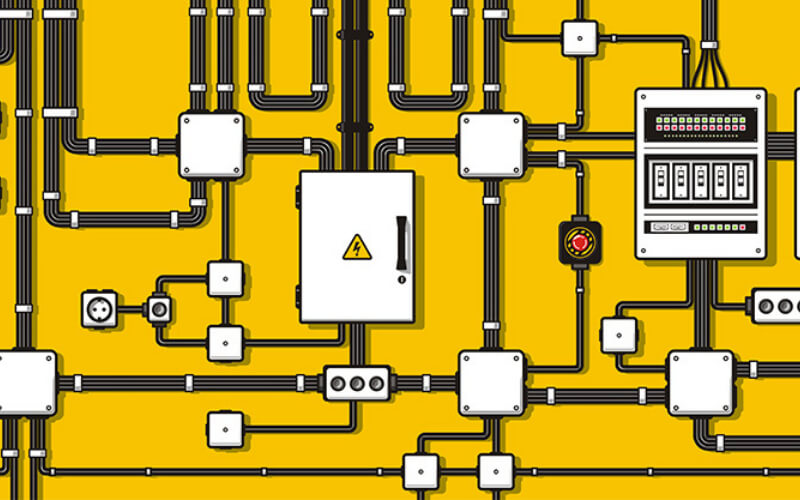Lift modernisation or lift replacement?
The question many clients ask is what is more cost-effective, lift modernisation or replacement?

The answer is not straightforward as many factors need to be considered along with the expenditure. The main factors are life expectancy and whether the equipment is fit for purpose (duty). Once you have the answers to those two questions you can consider selecting the correct equipment to meet the life expectancy and duty.
Beware, the most cost-effective solution may not be the answer as it may not realise the life expectancy and further modernisation or replacement may need to be effected much earlier than envisaged.
Life Expectancy
The type and intensity of use will impact directly on life expectancy. The target for life expectancy should be twenty years without major investment other than replacement of consumable parts. In this instance you must consider a well-engineered lift that is fit for purpose.
It should be noted that a low use lift may require robust finishes and doors, such as a lift in sheltered accommodation where wheelchairs and scooters are in frequent use. In this instance the standard model replacement lift may not be robust enough to provide a reliable service and modernisation may be the preferred solution.
The condition of the existing lift equipment and its age will be a useful indicator when considering the best solution to ensure longevity and reliability when modernisation or replacement is being proposed. Please be aware that lift use may have changed during the course of its life and this may distort the opinion.
You may then evaluate your future requirements based on the condition of the existing equipment, whether it is more economical to carry out a lift modernisation or lift replacement programme.
Please be aware that lift standards changed in August 2017 and an existing lift shaft may not be big enough to accommodate a lift designed in accordance with the new standards. The new design may require deeper pits and increased headroom which may be difficult or expensive to accommodate.
Fit for Purpose
In both instances described above it is essential that the lift has a robust specification based on expected use to ensure that life expectancy and reliability are achieved. It should also be pointed out that a maintenance regime carried out and enforced in accordance with the operation and maintenance manual is absolute to ensure that the lift performs as designed and provides mitigation in the event of any accident or incident.
Please be aware that some manufacturers offer a platform lift with a fully enclosed lift car and power operated car and landing doors that allow a new lift to be installed with a shallow pit and low headroom. The lifts do not comply with any recognised standards. The original design of these lifts is for very infrequent use by persons with a disability only. These are not for general use by passengers, buggies or movement of goods. The manufacturers’ manuals quite clearly state ‘for disabled persons only’, but these products are being offered as a conventional lift alternative. This is definitely a case of ‘not fit for purpose’ and lift reliability will be a major issue as currently being experienced by a lot of unsuspecting lift owners and users. This type of lift will not provide the typical life expectancy of a suitably specified conventional lift. Lift replacement will be a lot sooner than envisaged and prove much more difficult to install as major civil works will be required to accommodate a conventional lift.
Another area to be considered is compliance with British Standards. Model lifts designed and manufactured in accordance with the Lift Regulations and EN Standards may not include some of the additional items detailed in BS 7255 (Code of Practice for Safe Working on Lifts). It is essential that any lift offered includes these as standard.
In conclusion, there is no simple methodology to determine whether lift modernisation or replacement is the best solution when an existing lift is coming to the end of its life. The most cost-effective offer may not be the best solution and a higher, but not disproportionate cost may need to be considered.
If a modernisation is the preferred option, the relevant British Standards must be considered as the type of works to be carried out may invoke other works listed in other standards from the EN 81 suite.
You must ensure that all appropriate current legislation, codes of practice and standards are complied with, without reservation.


